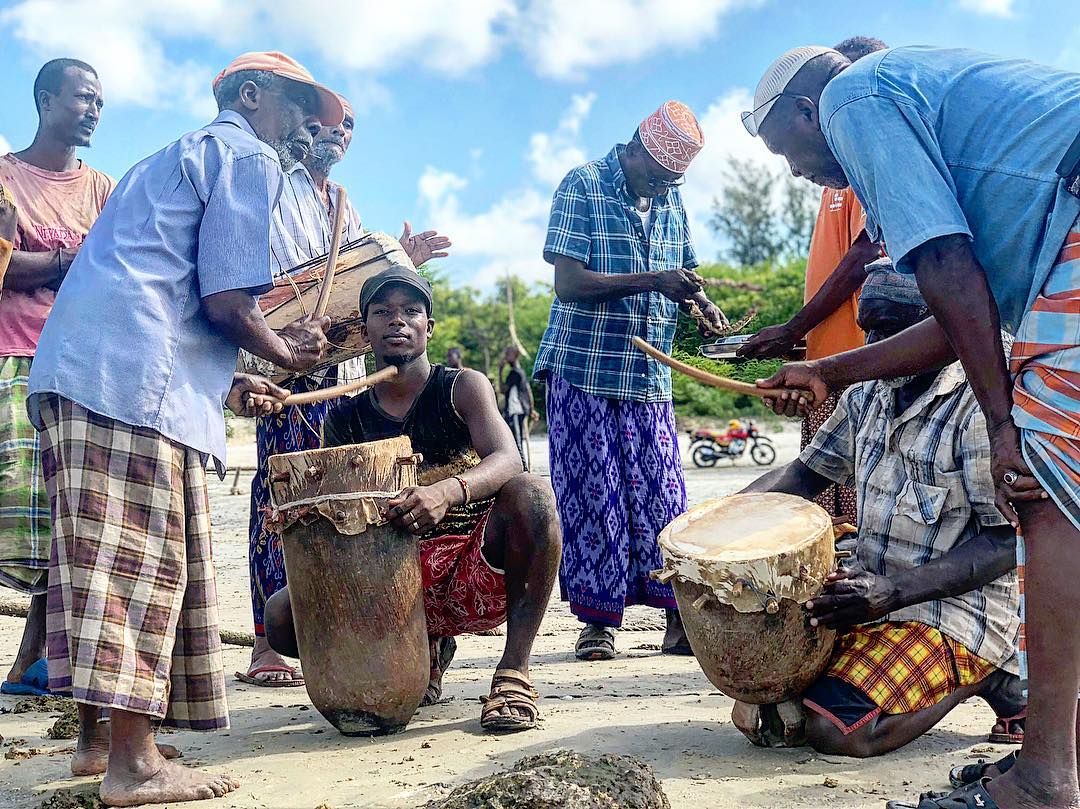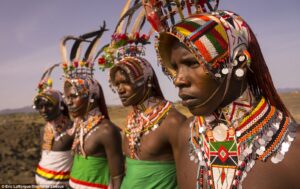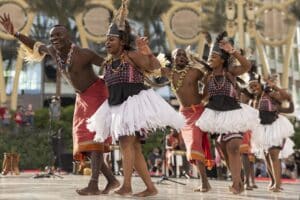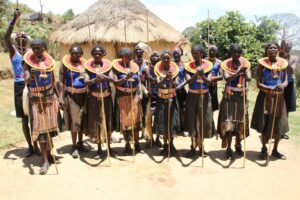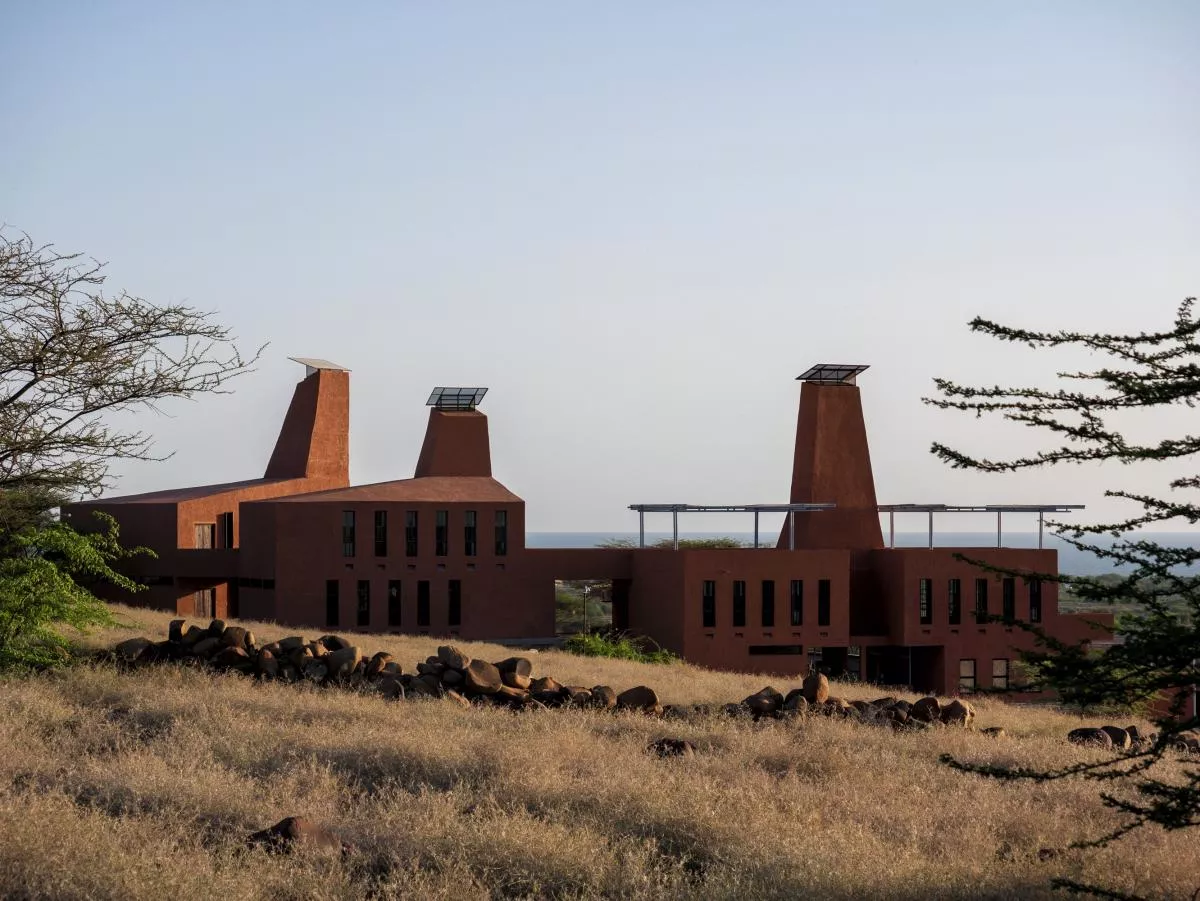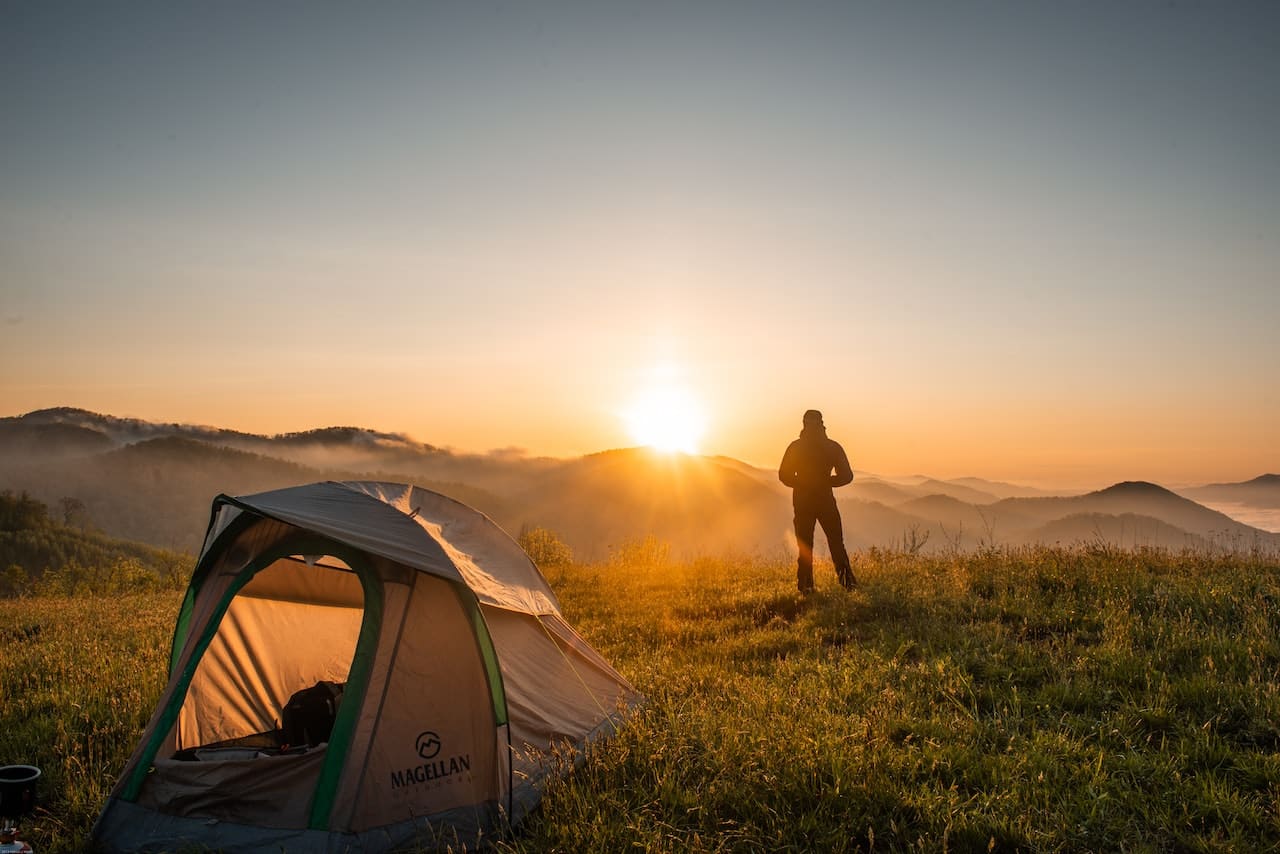Updated on 2024/03/22- Kenyan traditional music is as diverse as the country’s ethnic groups, regional languages, and natural environments, which range from the humid coast to dry savannahs and quickly growing and changing cities.
Kenya, which is on the edge of the Indian Ocean, is a cultural crossroads. Music from the Arabian Peninsula, the Indian Subcontinent, other parts of Africa, Europe, and the Americas has influenced the music of Kenya.
Kenyan Traditional Music – Instruments
In Kenyan pop music, the guitar is used more than any other instrument. Guitar rhythms are very complicated and include both native and imported beats, like the Congolese cavacha rhythm.
Music is usually made up of many parts working together, and more recently, guitar solos have become a popular way to show off.
Most of the time, the lyrics are in Swahili or an ethnic language like Kalenjin. However, radio rarely plays music in an ethnic language.
Kenyan traditional Luo Songs
Since the late 1960s, people have liked to listen to benga music, especially around Lake Victoria. Benga is sometimes used to describe any kind of pop music. The most common instruments are bass, guitar, and drums.
The Kisima Music Awards have been honoring Kenyan popular music since part of 1994 and all of 2003. Kenya has a lot of popular music styles. Benga and reggae, for example, have their own categories, and many Kenyan artists get awards every year.
Even before the 19th century, people in Kenya liked to play the guitar. This was a long time before it became popular in other African countries. Along with Paul Mwachupa and Lukas Tututu, Fundi Konde was the most famous early guitarist. By the middle of the 1920s, dance clubs had opened in Mombasa that played music in a European style so that Christians could dance.
During World War II, Kenyan and Ugandan musicians were called up to be entertainers in the King’s African Rifles. After the war, they kept playing as the Rhino Band, which was Kenya’s first very popular band. In 1948, the band broke up, and many of its members went on to form the Kiko Kids or other groups.
In Kenya, radio and recording technology had gotten better by the 1950s. Fundi Konde, a famous guitarist, was one of the first people to broadcast and had a big impact on the young recording industry.
Congolese Finger-Style Music And The Rise Of Benga
Around 1952, Kenya started selling records by famous Congolese guitarists like Edouard Massengo and Jean-Bosco Mwenda. Finger-style, the way Bosco picked with his thumb and forefinger, became popular.
Fingerstyle music is fast and usually based on small groups, where the second guitar follows the first with syncopated bass rhythms. By the end of the decade, this kind of music was very popular.
Congolese and Swahili pop
The Swahili sound and the Congolese sound are the two main types of pop music that Kenyan bands play. Both are based on the Democratic Republic of the Congo’s soukous (rumba).
Swahili music is different from other styles because it has a much slower beat. However, the two styles have been mixing more and more in the last few decades. Language doesn’t make a difference between the styles, but most Swahili pop is in Swahili or the related Taiti language.
Both of these things are sometimes in Lingala or one of the Kenyan languages.
During the 1970s and 1980s, Congolese musicians were the most popular in Kenya. They only stopped being popular in the early 1990s.
Orchestre Virunga was probably the Congolese band with the most fans and the longest history. During this time, most of the Swahili musicians (many of whom were from Tanzania) were in the Wanyika bands.
This group of bands, which often compete with each other, started when a Tanzanian band called Arusha Jazz came to Kenya in 1971 and became the Simba Wanyika Band.
The band broke up for the first time in 1978, when many of its members went on to form Les Wanyika. Super Mazembe and Les Mangelepa were also well-known Congolese groups in Kenya.
In the 1980s, Kenyans also liked the music of Moro Band and Remmy Ongala, both of whom were from Tanzania. It was hard to tell them apart from the singers from Kenya.
Hotel pop
Pop covers that are geared toward tourists are popular and use more live bands than more traditional Kenyan folk and pop music. One of these bands is Them Mushrooms, who started playing at hotels in Nairobi in 1987. Hotel bands like Them Mushrooms and Safari Sound Band are now playing reggae.
Kenya Traditional Music – Best Songs
This playlist shows how music from around the world has influenced modern Kenyan music, which still has its roots in the country’s many ethnic song and dance traditions. Smithsonian Folkways Recordings records and shares music from all over the world, and Ketebul Music, which is based in Nairobi, does the same thing with music from Kenya and East Africa.
Folk songs or traditional songs from Kenya are on the list below. Each song has some tags that say what kind of music it is or what instruments like the piano are used in it.
You can learn how to play African traditional music with the help of MultiplayerPiano. Inside each page, you can learn more about the artist or the type of music. You can also listen to all of the songs as a playlist or add each song to your own playlist.
Kenya
After being ruled by the British for 74 years, Kenya got its freedom in 1963. David Nzomo, who later became known for his social activism through music, wrote this song to celebrate Kenya’s independence.
Vijana Niwambie
Many Kenyan musicians have created their own style of playing the guitar by taking techniques and patterns from their native stringed instruments and putting them on the guitar. Along with these traditions, this song also has some Cuban music influences.
Politics in Africa
After Kenya got its independence in 1963, David Nzomo kept pushing for all of Africa to be more politically united. In Kiswahili, he sings, “There can be no real independence in Africa without unity.” “We can’t stop neocolonialism as long as we are still divided.”
Nana
The Kikuyu people are Kenya’s largest ethnic group and make up about a quarter of the country’s population. Their music has sounds and themes that reflect the changes that happened in Kenya in the 20th century and are still happening today.
Like music in every other culture, Kikuyu music is not only meant to entertain but also to record the existence of the community and its ways of expressing art. DK Mwai is one of the most well-known Kikuyu musicians in Kenya. He works to spread the idea that music is just for fun and enjoyment throughout civil society.
Tarab
Taarab, which in Arabic means “having fun with music,” is a popular musical style in Kenya and Tanzania. It shows influences from the Middle East, South Asia, Sub-Saharan Africa, and other places. The harmonium and single-headed drums, both from Asia, are used in this song. The lyrics are sung in the local Kiswahili language and are set up in the traditional Swahili verse form.
Kuliepuka Shari
This piece of taarab music shows the Middle Eastern and Indian influences that are also found in many foods and crafts from coastal Kenya. The band Lelele Afrika is from the coastal town of Lamu.
This song is a new addition to the Spotlight on Kenyan Music series, which is an effort by the Alliance Francaise de Nairobi, Ketebul Music, and others to find and promote Kenyan musical talent.
People Also Ask
What Is Kenyan Music Called?
The Swahili sound and the Congolese sound are the two main types of pop music that Kenyan bands play. Both are based on the Democratic Republic of the Congo’s soukous.
Swahili music is different from other styles because it has a much slower beat. However, the two styles have been mixing more and more in the last few decades.
What Is Kenya’s Traditional Music And Dance?
You can see the beautiful Maasai Eunoto dance, the Kikuyu Circumcision dance, the amazing Chuka drummers, the coastal Sengenya and Gonda dances, the Swahili Taarab dance, the NubiDholuka dance, and many more.
What Is Traditional Music Called?
Folk music is a type of traditional music that is passed down through families and other small groups of people. Folk music, like folk literature, is usually passed down by word of mouth; people learn it by hearing it rather than reading it.
Conclusion
There is no single style of music that is popular in Kenya. Instead, there are many different styles that borrow from each other and mix with each other. But Kenyans have made their traditional music one of the most important kinds of music in Africa.
